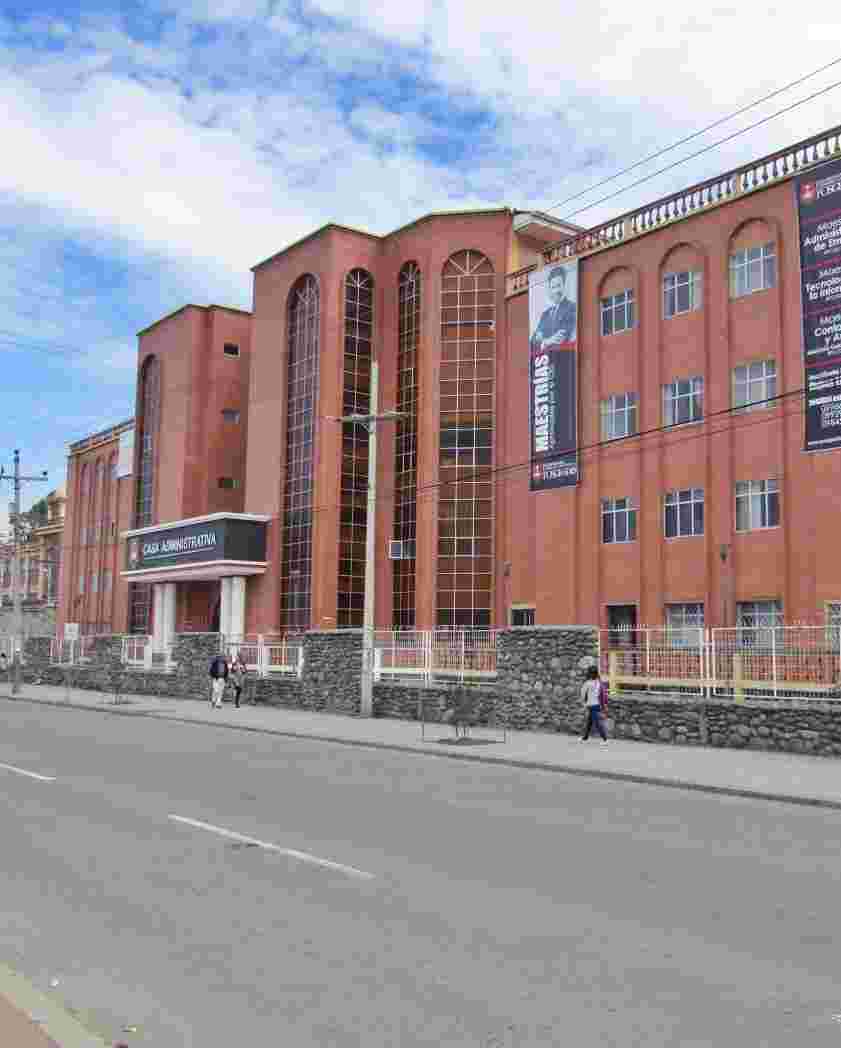Trabajos de Titulación - Medicina
URI permanente para esta colección
Examinar
Examinando Trabajos de Titulación - Medicina por Materia "ABLACIÓN CON CATÉTER"
Mostrando 1 - 1 de 1
Resultados por página
Opciones de ordenación
- ÍtemSolo MetadatosTaquicardia reciprocante permanente de la unión (taquicardia de Coumel). Reporte de caso.(Universidad Católica de Cuenca., 2023) Serrano Piedra, Martín Sebastián; Coello Silva, Paul Esteban; 0105503007Permanent reciprocating junctional tachycardia is an uncommon form of supraventricular tachycardia that is usually due to atrioventricular reentry through a right posteroseptal accessory pathway with decremental properties; the definitive treatment is radiofrequency ablation. If proper diagnosis and correct treatment is not received, this arrhythmia may lead to tachycardia-induced cardiomyopathy. OBJECTIVE: A case report of Coumel tachycardia in a pediatric patient. METHODOLOGY: A case is presented of a 5-year-old male patient with no pathological history. Approximately a year and a half ago, he presented palpitations of unknown origin, so he was evaluated, and the electrocardiogram revealed sinus tachycardia. Additional tests were performed, and he was diagnosed with "focal paroxysmal atrial tachycardia," receiving medication with beta-blockers. When there was no improvement in his symptoms, the mother went to the electrophysiology service at the José Carrasco Arteaga Hospital in Cuenca, where he was diagnosed with Coumel tachycardia and radiofrequency ablation was successfully performed. CONCLUSIONS: Coumel tachycardia is an uncommon form of supraventricular tachycardia due to atrioventricular reentry; therefore, it is crucial to make an accurate differential diagnosis from other types of supraventricular tachycardia since many patients receive an erroneous diagnosis. Clinical management using antiarrhythmic drugs usually has low response rates. Current evidence shows that the treatment of choice for this pathology is radiofrequency ablation, with high success rates.








